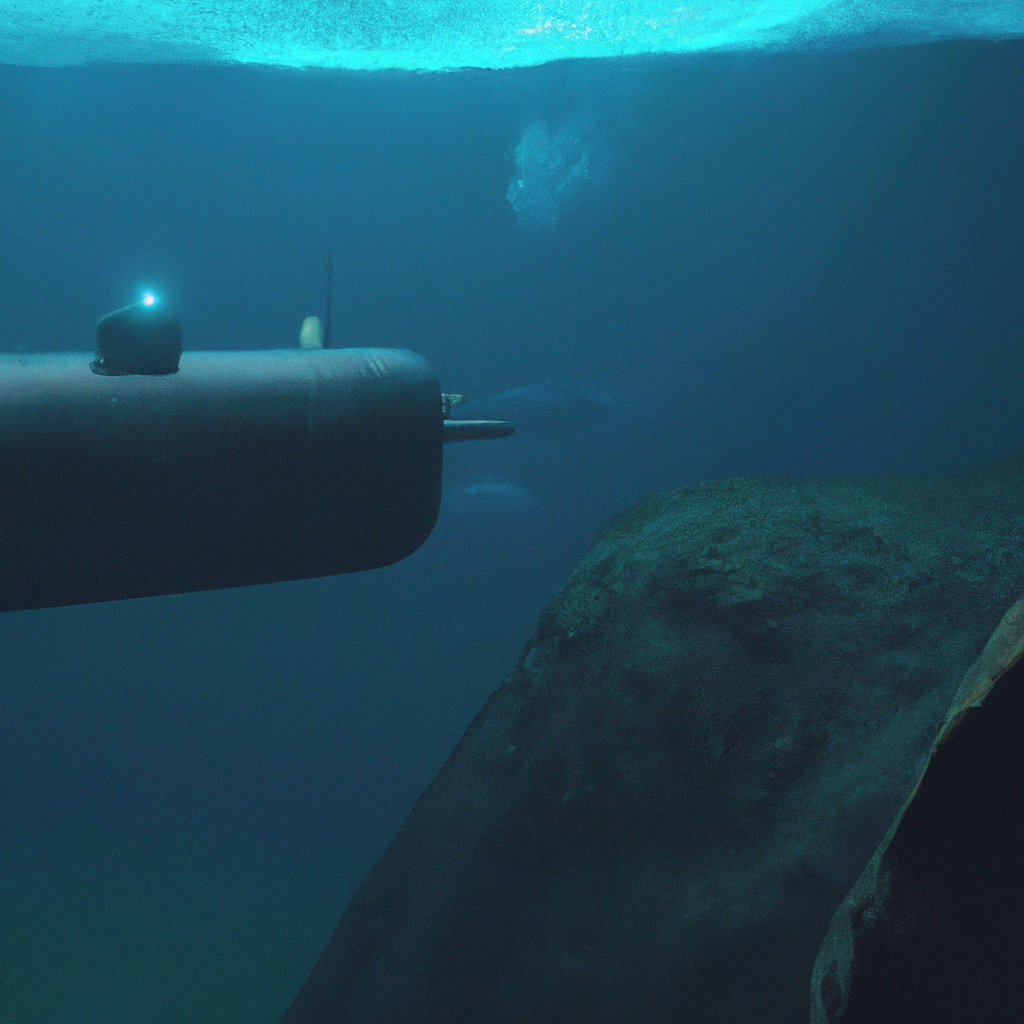A submarine is a watercraft that is designed to operate underwater. It is used for various purposes, including exploration, research, and military operations. The ability of a submarine to dive and resurface is made possible by a complex mechanism and technology that allows it to withstand the pressure of the ocean and maintain buoyancy. In this article, we will explore how a submarine dives and resurfaces.
The Mechanism of Submarine Diving
The mechanism of submarine diving involves a process called ballast control. A submarine has ballast tanks that are filled with water to make it heavy enough to sink. When the submarine is ready to dive, the ballast tanks are flooded with seawater, causing the submarine to submerge. The water in the ballast tanks is released when the submarine is ready to resurface, making it buoyant again.
The Technology of Submarine Diving
The technology used in submarine diving is designed to withstand the tremendous pressure of the ocean. The deeper a submarine goes, the greater the pressure it experiences. To withstand this pressure, submarines are built with a thick hull made of steel. The hull is designed to withstand the pressure of the ocean, and it also provides protection to the crew inside the submarine.
In addition to the hull, submarines also have air tanks that are used to regulate the pressure inside the vessel. The air tanks are filled with compressed air, which is released slowly as the submarine descends. This helps to maintain the pressure inside the submarine, preventing it from collapsing.
The Buoyancy of Submarines
Buoyancy is the ability of an object to float in water. It is crucial for submarines to maintain buoyancy, as this determines whether it will sink or float. To maintain buoyancy, submarines have ballast tanks that are used to adjust the weight of the vessel. When the ballast tanks are filled with water, the submarine becomes heavy enough to sink. When the water is released from the tanks, the submarine becomes buoyant again.
The Process of Submarine Resurfacing
The process of submarine resurfacing involves releasing the water from the ballast tanks to make the vessel buoyant again. This is done by pumping air into the tanks, which displaces the water and causes the submarine to rise to the surface. The air tanks are also used to regulate the pressure inside the vessel as it rises to the surface.
Conclusion
In conclusion, a submarine is a complex machine that is designed to operate underwater. The ability of a submarine to dive and resurface is made possible by a mechanism and technology that allows it to withstand the pressure of the ocean and maintain buoyancy. The ballast control system, thick hull, air tanks, and other technologies used in submarine design all play a critical role in making underwater exploration and military operations possible. As technology continues to advance, we can expect to see even more impressive submarines designed for various purposes.







